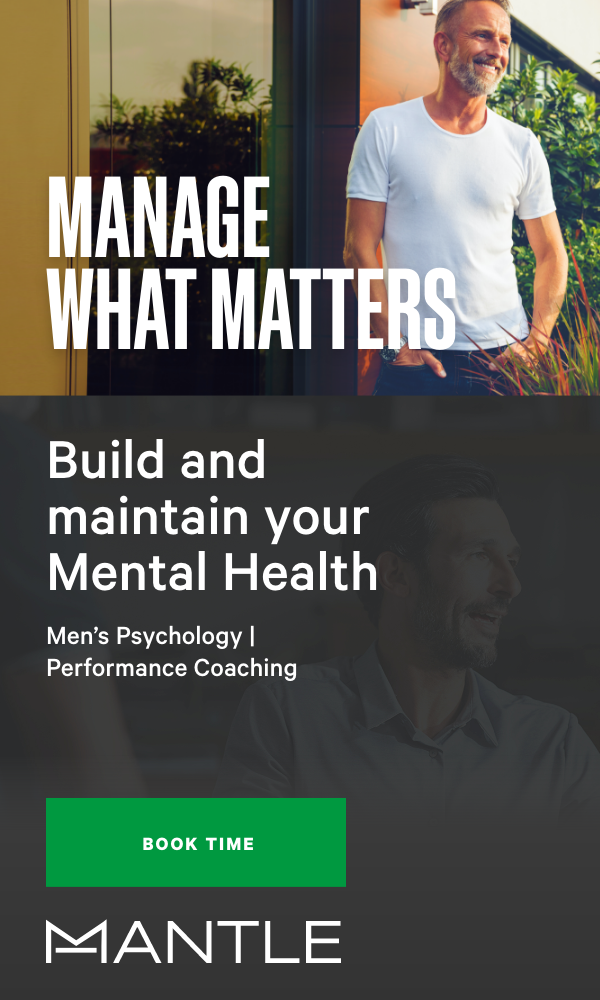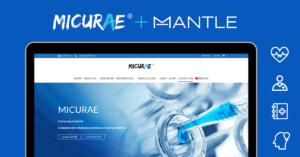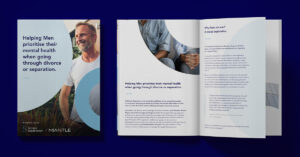In part two of “the new normal” in the workplace, David Burroughs, Psychologist explores how people’s expectations about what comes next is critical to understand, particularly when it comes to maintaining morale, engagement, motivation, and mental health. As well as how our experience of work has a profound influence on our mental health, and how ‘good’ work is good for people.
In my last article I covered the challenges of how fear can influence readiness and resistance to return to site, hybridized work, or whatever it is people are moving towards.
A key point I would make upfront: in our current political/health environment it’s probably a fool’s game to have a definitive/absolute/iron clad ‘return date’. I am all for the sense of certainty that a designated return-to-site date brings with it, and the capacity to plan and prepare it entails. However, in our current COVID world, false starts, hiccups, rapid changes, and ‘almost there’s’ are going to be a hallmark of 2021. If we expect this to be the case, and plan for disruption accordingly, it will help smooth out the likely turbulence that’s on the horizon.
Now, I am not aware of any Pre COVID-19 research on best practice models for transitioning people to the physical and hybridized workplace during/after a pandemic, so much of what I am mentioning is influenced by evidence and experiences peripheral to our current environment. However, I will draw on some of the great work being done by Prof Sharon Parker and her team and harken back to the work of the likes of Leon Festinger (and others) around Disconfirmed Expectations.
With many organisations bringing their people back to work in various ways, what are some key learnings to make this more successful? We know there is a lot of fear and trepidation, and we also know that people’s experience of the worksite is likely to be quite different to their pre-COVID workplace experiences. The way we interact, where we sit, how we engage when different members are in and out of the office, the interpersonal norms, workload and availability expectations are all likely to have been subject to some degree of change.
One phenomenon that I have become aware of is the return-to-site ‘bounce’. An organisation mandates or promotes a return-to-site date, opens up the office to say 200 staff, 150 show up, and by day 3, there are only about 50 left on site, as they somehow mysteriously found their way back to working from home. Actually, the mechanism for this is actually not all that mysterious. If we look at something comparable, like ex-pat behaviour (yes, I know we are talking about our pre-COVID here – no-one travels abroad these days), we can see how this can happen.
Say I have been living in sunny Singapore for 2 years, I’ve now got a new baby, and my partner and I are looking forward to moving back to Melbourne. We can’t wait to get back to catch up with all our old friends, are aching to visit that coffee shop that was our favourite, not to mention the pub with the great bands that was on the way home from the office. We pack our belongings, board our flight home, and with great excitement, restart life in VIC. Initially it’s all new and novel, but harsh reality soon sets in. Not many of our friends have started families, the roads are a lot busier than what we recalled, the coffee shop has now become a 24/7 pet friendly vegan micro yoga gym, and while the pub is still there, the crowd is way different to what we knew and loved. It’s only a few weeks before we are starting to look at our next overseas posting options and getting back to the world that we know. Sure, there were parts of Singapore we had had enough of, but at least we knew what to expect.
What we are seeing here is a classic case of “disconfirmed expectations”, where inconsistency among beliefs or behaviours causes an uncomfortable psychological tension or cognitive dissonance that we need to resolve, in this case, by going back to what we know. It is normal to feel disappointed if our expectations aren’t met, so how can we manage this from a workplace perspective, and avoid the dreaded return-to-home ‘bounce’?
One strategy I think has merit is appropriating some of the work done in the recruitment space and applying it to the current RTW situation. In recruitment there is an approach called a Realistic Job Preview. As the name suggests, it is where candidates are given a realistic preview of what the role is like, and that means the good, the bad, and everything in between. Some of the recruitment research literature suggests that by doing this, by setting realistic expectations up front, we can increase self-selection, improve candidate experience, improve commitment to the organization, increase job satisfaction and performance, and importantly limit the attrition rate of those who exit the roles early. What if we were to adopt this notion when it comes to return-to-site, under the notion of a ‘realistic return preview’?
Sure, any return-to-site isn’t going to be all rainbows, lollipops and laughter, but we know that if people understand the ‘why’ that sits behind decisions, and if people have clarity of what it is actually going to be like, not some utopian concept, they are much like likely to stick with it. There is always going to be some resistance and trepidation as we embark on a major workplace change, which is what return-to-site is. However, I am confident that having full transparency around what this is actually going to be like, unpacking people’s pain points, but also making sure the experience is consistent with their expectations can go a long way to making the next transition more ‘sticky’.
It’s pretty cheap and easy to test your own and others’ expectations around what a return-to-site is likely to be like. If you find yourself or others are way off the mark, it is a great opportunity to provide information, clarify contentious issues and ensure common understanding. Even if a return-to-site has some obvious downsides (e.g., physical distancing), I think it’s critical that these are not downplayed or ignored, but are acknowledged for what they are. Remember, bad news doesn’t get better with time.
It’s worth keeping in mind that in the absence of information, people’s imaginations often fill in the gaps. Exploring and clarifying expectations is one way to help reduce the number of gaps. It’s not about painting some overly optimistic/dangerously positive view of the awesomeness of going back to the office. Rather, it is about recognising that some degree of discomfort is normal, and that by managing and setting realistic expectations we can help minimize some of the reverse culture shock risks that a return-to-site entails. And keep in mind, it took time to adjust to our last ‘new normal’, we have to expect that it will take time to adjust to this next one.
David Burroughs is Principal Psychologist of Australian Psychological Services specialising in workplace mental health and change. David Burroughs Psychologist is also a partner of Psychological Safety Australia, and co-founder of Mantle Health, the specialist mental health service for men.








